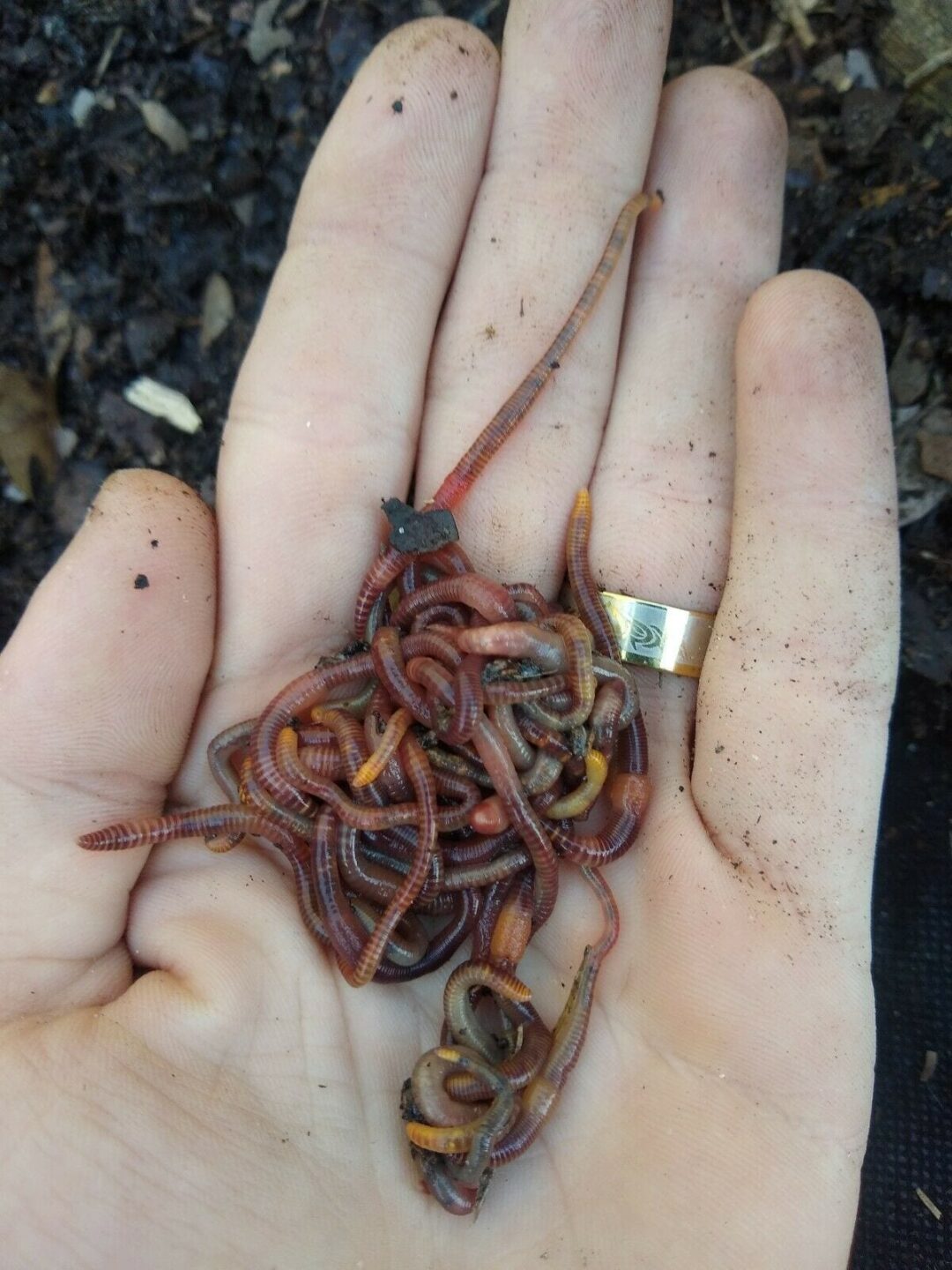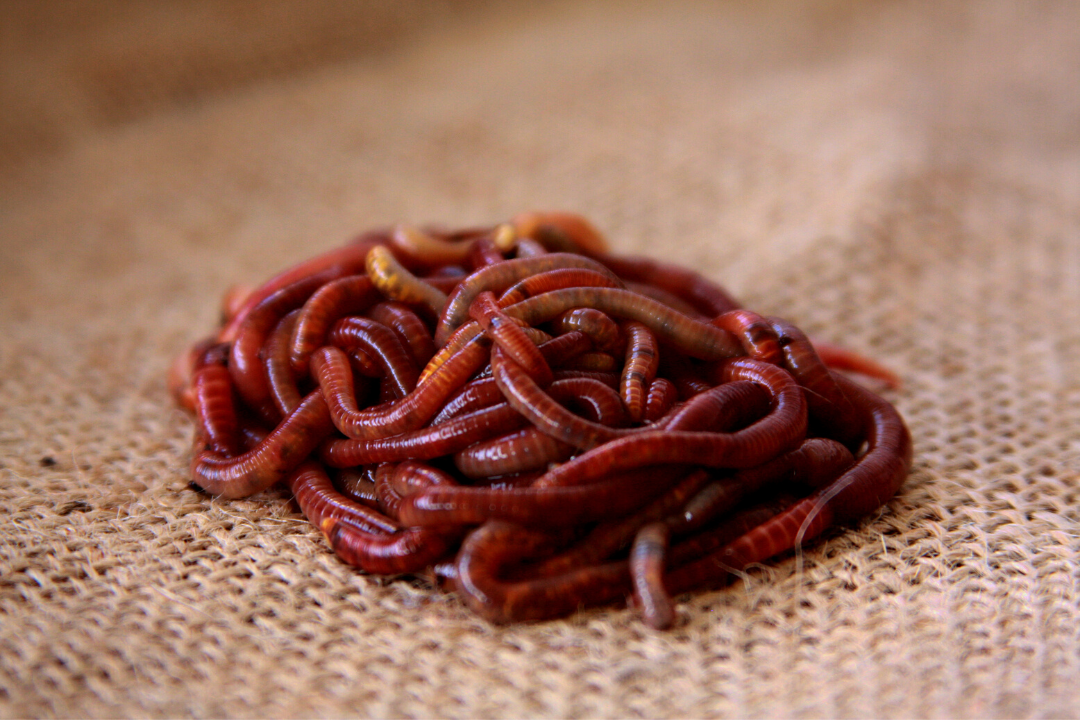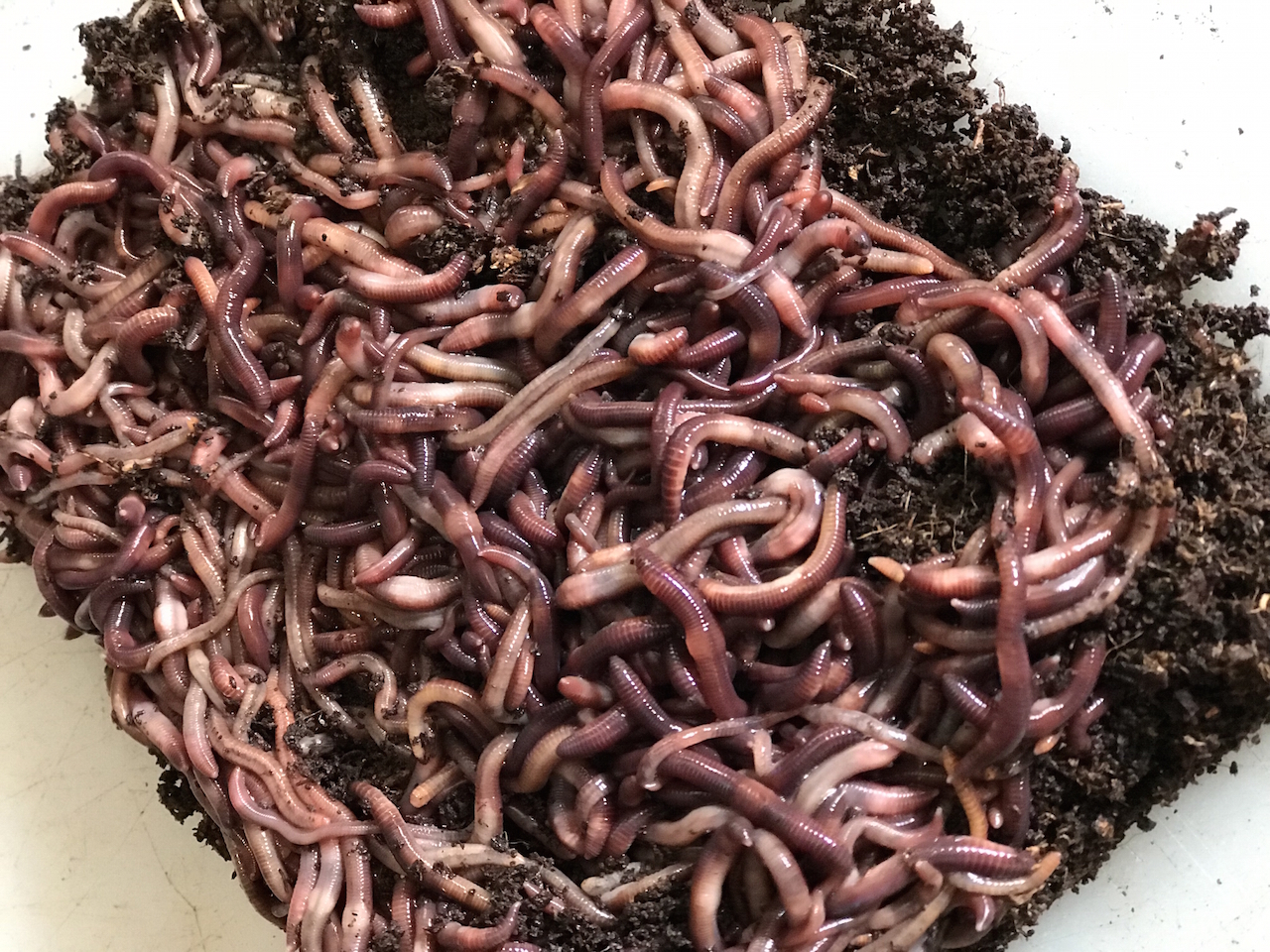Take Care of Your Lawn with the Best Products from Lake Hickory Bait
Take Care of Your Lawn with the Best Products from Lake Hickory Bait
Blog Article
Open the Keys of Red Wigglers: Your Overview to Composting Success
The integration of red wigglers right into composting techniques presents a significant chance for boosting soil health and advertising sustainability. Comprehending their demands and habits is crucial for enhancing their capacity, from establishing up an appropriate worm bin to feeding them the appropriate products.

What Are Red Wigglers?
(Red Wiggler Express)Red wigglers, scientifically understood as Eisenia fetida, are a varieties of earthworm primarily used in composting as a result of their amazing capability to break down organic matter successfully. These worms are defined by their reddish-brown coloration and a segmented body, usually determining in between 3 to 4 inches in size. Unlike other earthworm species, red wigglers flourish in rich, natural environments, making them ideal for vermicomposting systems.
Native to The United States And copyright, they are usually found in rotting fallen leaves and compost heap, where they play an important duty in nutrient recycling. Their adjustment to living in a moist, aerobic environment allows them to take in huge quantities of natural waste, simplifying into nutrient-rich spreadings that enhance soil health and wellness.
Red wigglers reproduce swiftly, with a single worm qualified of producing a number of cocoons each week, each consisting of several hatchlings. Recognizing the biology and behavior of red wigglers is necessary for optimizing their potential in composting applications.
Advantages of Utilizing Red Wigglers
Harnessing the power of red wigglers in composting supplies various benefits that enhance dirt health and promote sustainable waste management. These impressive microorganisms efficiently break down natural matter, transforming cooking area scraps and backyard waste into nutrient-rich vermicompost. This ended up product is extremely helpful for plant growth, as it enhances dirt structure, enhances moisture retention, and improves vitamins and mineral schedule.

(Lake Rhodhiss Bait)Additionally, the visibility of red wigglers in your composting system can accelerate the composting procedure, generating premium garden compost in a portion of the moment contrasted to typical approaches. The spreadings produced by these worms are likewise including valuable microorganisms that additionally enrich the dirt ecosystem.
Setting Up Your Worm Bin
Developing a reliable worm bin is a simple process that can considerably boost your composting efforts. Worm bins can be made from plastic storage bins, wood boxes, or commercially available worm bins.
Next, prepare the bed linens material, which serves as the worms' habitat. A mix of shredded newspaper, cardboard, and coconut coir works well, providing a comfortable setting for the worms. Purpose for a bed linen depth of concerning 4-6 inches. Moisten the bedding gently, guaranteeing it looks like a damp sponge without excess water merging at the bottom.

Feeding Your Red Wigglers
To guarantee the health and wellness and productivity of your red wigglers, it is important to offer them with a balanced diet that satisfies their nutritional needs. Red wigglers grow on a varied range of organic materials, which not just provide needed nutrients however additionally promote reliable composting.
Start by including kitchen area scraps such as veggie peels, fruit cores, and coffee premises. Prevent citrus fruits, onions, and garlic, as these can be destructive to worm health. In addition, present shredded paper, cardboard, and dry fallen leaves to develop a well-aerated environment.
Feeding regularity must be checked; normally, worms can eat half their body weight in food weekly. It is crucial to prevent overfeeding, as excess food can lead to unpleasant smells and draw in pests. A great method is to include food in tiny amounts, enabling worms to refine it before introducing more.
Keeping dampness levels is likewise crucial; the bedding should be wet but not soggy. Lastly, make sure to routinely inspect the temperature and pH degrees of the container to make certain an optimal environment for your red wigglers, inevitably boosting their composting effectiveness.
Harvesting and Using Compost
An effective composting process with red wigglers culminates in the rich, dark compost known as vermicompost, which can significantly boost soil health and plant development. Gathering this nutrient-dense material normally takes place every three to six months, depending on the size of your system and the amount of organic matter being processed.
To gather, delicately different the compost from the worms and any kind of undecomposed materials. One effective method includes moving the contents of the bin to one side and including fresh bed linen and food to the empty area, urging the worms to migrate. After a few days, the garden compost can be gathered from the opposite side.
It is important to use vermicompost properly to maximize its advantages. It can be used as a leading dressing for garden beds, mixed right into potting soil, or made right into a nutrient-rich fluid fertilizer referred to as "worm tea." This application approach assists to find provide vital nutrients straight to plant roots, advertising much healthier development. By incorporating vermicompost into your gardening regimen, you not only reuse organic waste yet also produce a flourishing ecosystem that supports sustainable gardening practices.
Conclusion
In recap, red wigglers serve as outstanding allies in composting initiatives, transforming organic waste into nutrient-rich vermicompost. By understanding the ideal conditions for their habitat, feeding requirements, and garden compost harvesting strategies, gardeners can improve dirt wellness and promote plant vitality.
Report this page